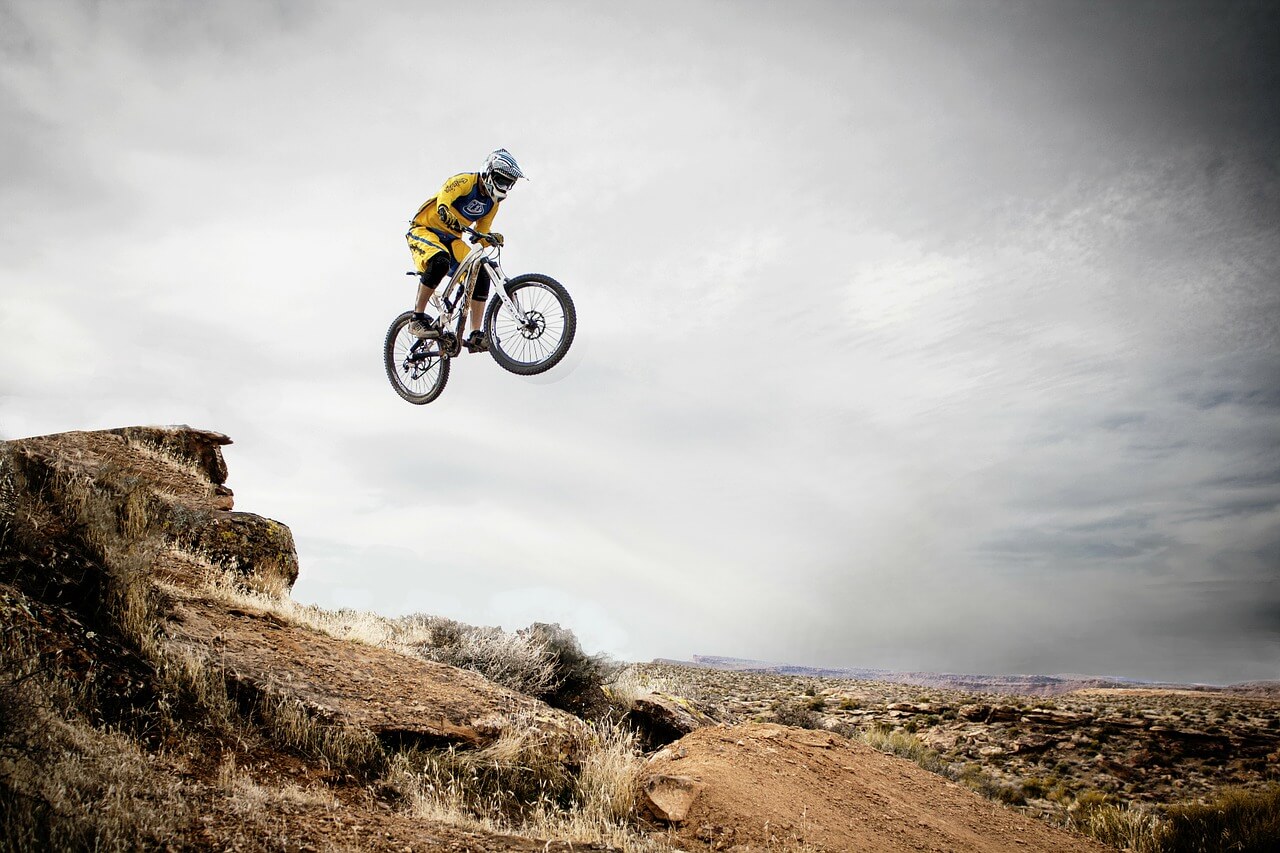The Theory of Doing
 Photo by user 12019 on Pixabay
Photo by user 12019 on Pixabay
Two months ago, creative minds had the same idea about creation: action is better than theory. Within two weeks, YouTubers Peter McKinnon, Vlog Brothers, and Cody Wanner published videos encouraging people to “just do it.” Work on your projects every day and you will improve. But how does theory fit in?
Extremes
Imagine one extreme of all theory. You possess a wealth of knowledge and can plan intricate projects. But with nothing to show, you receive no feedback and experience no growth. And with no medium to share your message and creative struggles, you miss out on the opportunity to help others. You remain stuck at the first level of ideas, with no failures and feedback to push your knowledge deeper. When faced with a real situation, you struggle to problem solve when things don’t work as intended.
Now consider the other extreme of all action. You feel intimidated starting from nothing, but with your beginner’s mindset you get excited about your ideas and avoid thinking that all the good ones are taken. You don’t know the rules yet and can avoid conventional constraints. When you finish your first project, you feel accomplished, and you now have something to show for your hours of effort. The feedback you receive pushes you to improve, and you leave a trail of progress that others can follow. As Hank Green said of making many pots: “It doesn’t matter how good you are at something – your first pot’s gonna suck. And it doesn’t matter how much you suck – your 1000th pot is gonna be pretty good.” There are some drawbacks to no theory, however. Missing out on crucial insight and the big picture you gain from studying theory, you may work inefficiently. You may reach an obstacle that you don’t know how to work through, and your skill level may plateau.
Balance
All action is better than all theory, but an even split allows both growth and big-picture insights. However, you grow more from feedback and real world experience than theory, so the optimal balance should include just enough theory to eliminate inefficiencies and foster long-term growth, with most of your time allocated to doing, learning, and growing.
I imagine two methods for implementing the Theory of Doing. An artist could either allocate a small portion of time to theory outside of their deep work each day, or learn larger chunks of theory in between projects, guided by their last project’s biggest weakness. The method you choose depends on your workflow, as you may have several different projects on the go at once.
Final Thoughts
The Theory of Doing mainly applies to creative activities such as writing, music, video, and pottery. Some academic subjects may require mostly theory, with just enough action to solidify the information. Regardless of the activity, you will find the optimal balance of action and theory through trial and error, as individual work habits and the demands of different activities vary.
Lastly, your work does not have to be perfect. Don’t let the unattainable ideal of perfect stop you from starting or finishing your work. Have a high standard, do your best, and your work is finished when it is “good enough,” whatever you decide that to be.
So Do. Learn. Grow.
